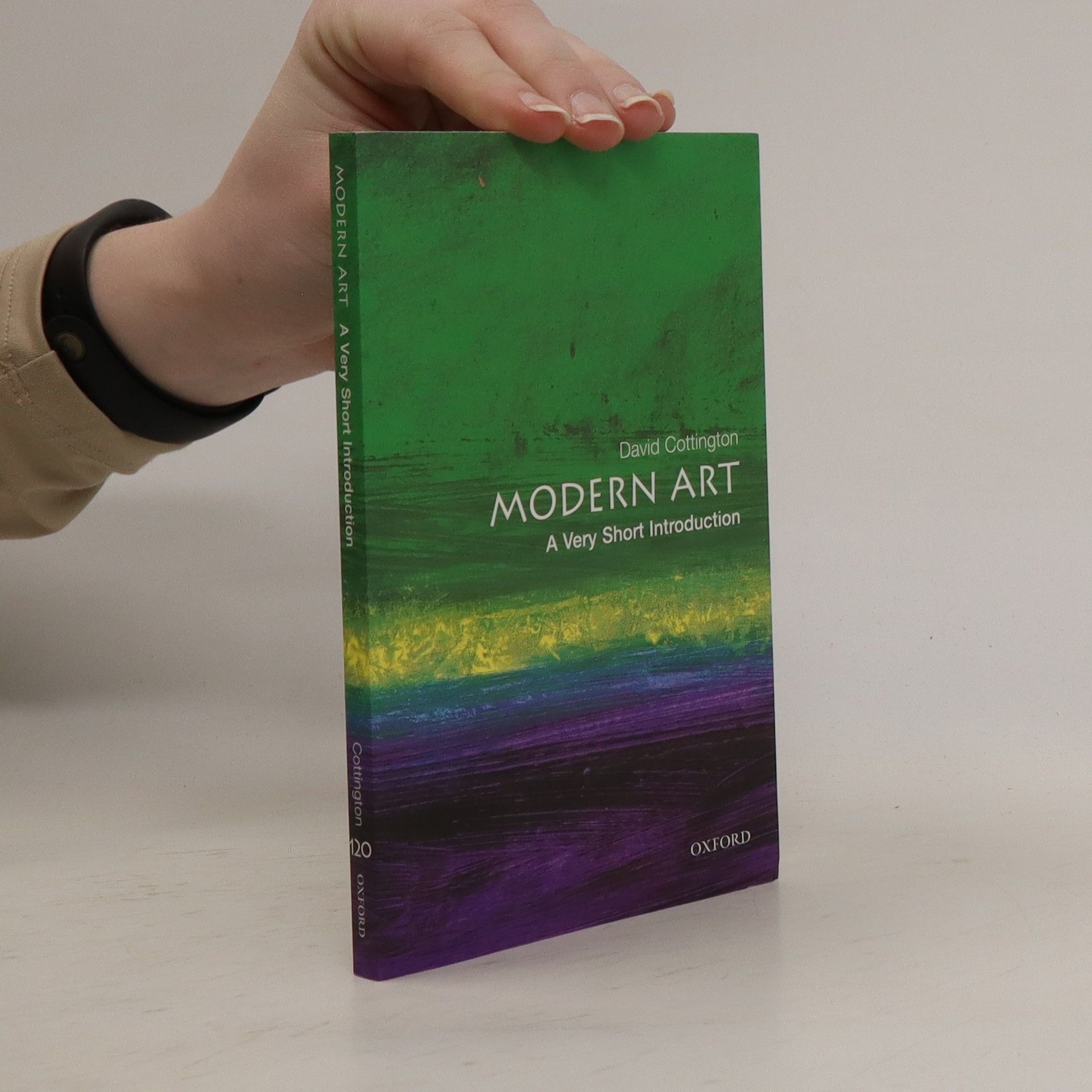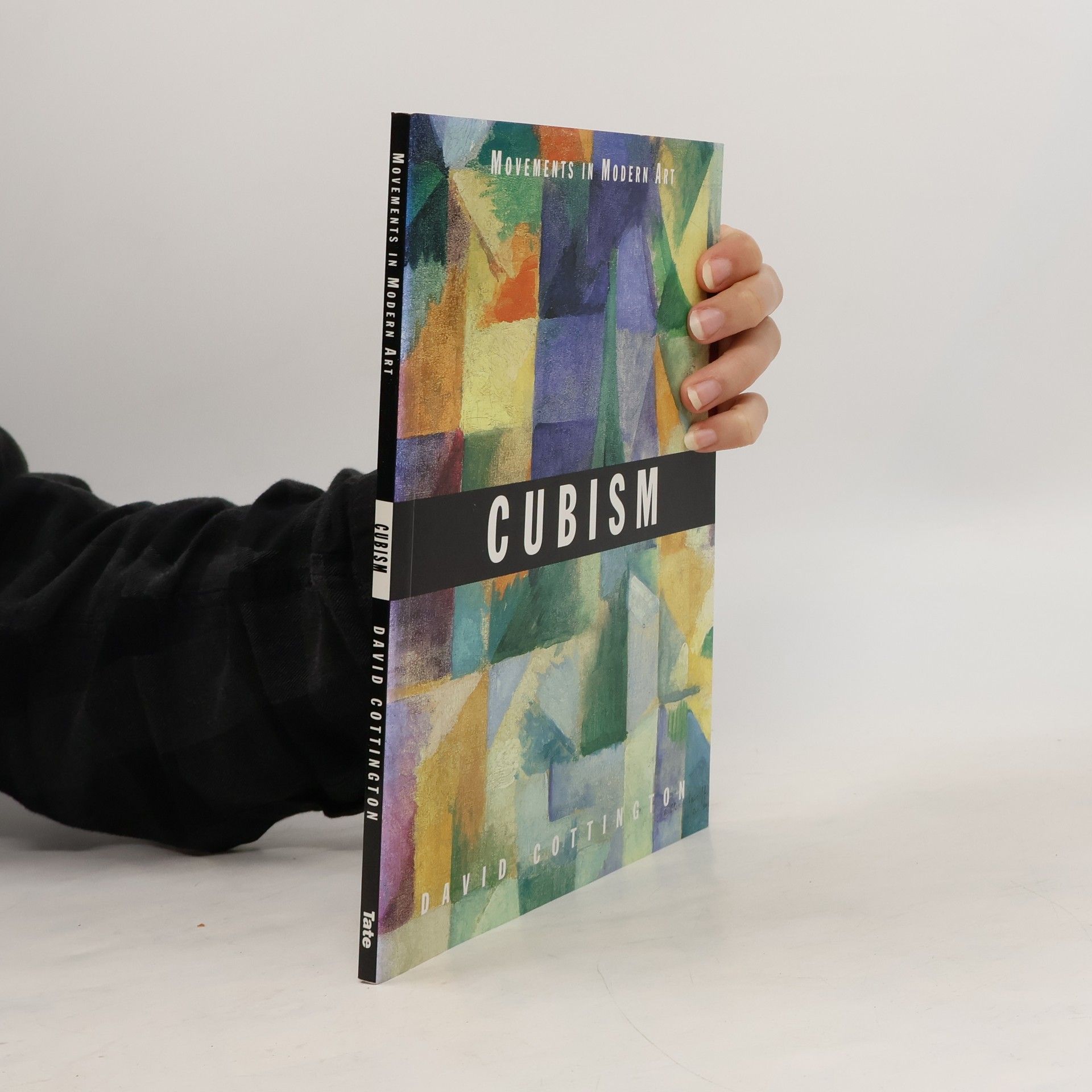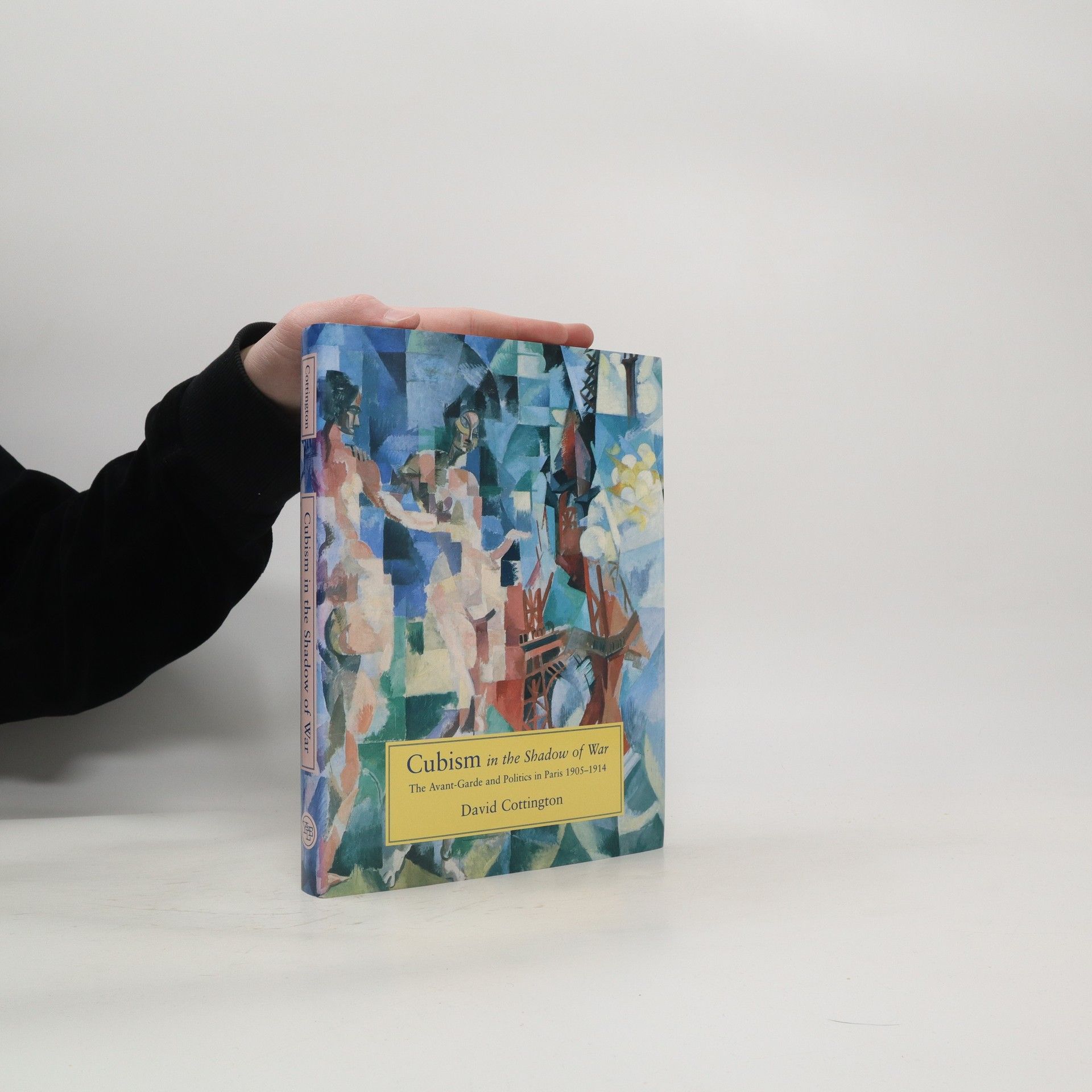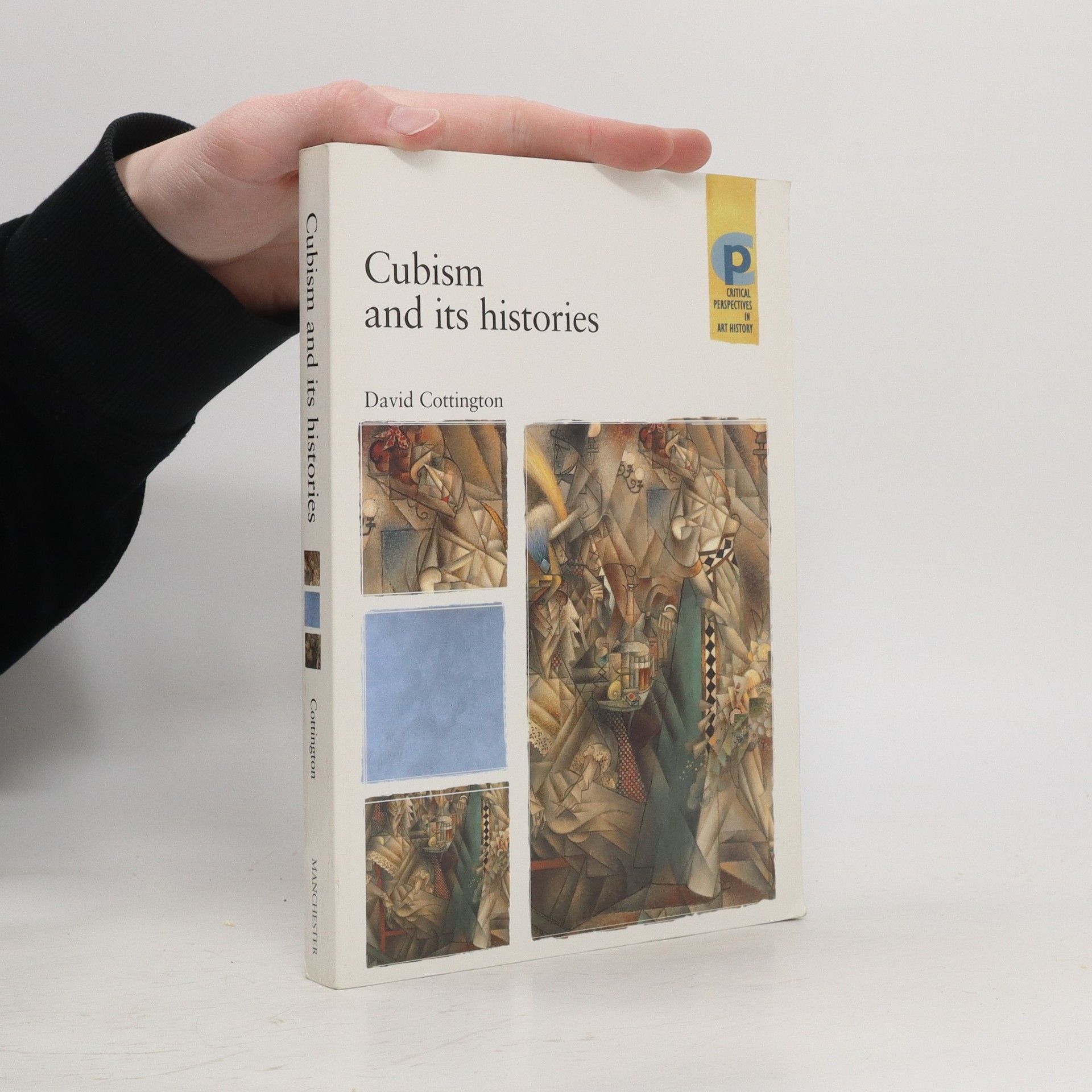Cubism was the most influential artistic movement of the 20th century, yet just what cubism was, or stood for, is still in dispute. This book offers a way beyond this confusion through a narrative of cubism's beginnings, consolidation and dissemination.
David Cottington Boeken






Radical Art and the Formation of the Avant-Garde
- 384bladzijden
- 14 uur lezen
Focusing on the artistic avant-garde movement, this book delves into its formation in Paris and London prior to 1915, offering a comprehensive and detailed exploration of its development. It highlights key influences, figures, and cultural contexts that shaped this revolutionary period in art history, providing readers with a deeper understanding of the dynamics at play during this transformative era.
This groundbreaking book provides a major reassessment of the history and significance of cubism. David Cottington examines the cubist movement and sets it within the complex political, economic, and cultural forces of pre-World War I France. Cubism, as a part of the Parisian artistic avant-garde, played an integral role in the turbulent Belle Epoque. The author focuses on cubisms relation to the particular discourses?of nationalism, aestheticism, gender, the social purpose of art?that gave meaning to the experience of modernity in Paris in the decade before the war. In Part I of the book, the author discusses the "cubist conjuncture," the years that followed the collapse of the Bloc des Gauches. The Bloc, more than a parliamentary alliance, represented an effort of collaboration between the liberal middle class and sectors of the working class led by Parisian intellectuals and artists (future cubists among them). In the wake of the Blocs failure, workers withdrew into trade unionism and artists into aesthetic avant-gardism. Cottington analyzes this consolidation of the artistic avant-garde, its relation to the expanding dealer-centered art market, and the dominant and counter discourses of the day. In Part II, he considers specific aspects of cubist art and the cubist movement?from the conservative modernism of the paintings of Le Fauconnier and Gleizes to the aestheticism of Picassos papiers-collés to the collective architectural and interior design project of the "cubist house." These examples and others, Cottington concludes, reveal cubism as a contradictory and unstable constellation of interests and practices, sometimes complicit with dominant social and political forces, sometimes opposed to them, but in every case shaped by them.
Cubism
- 80bladzijden
- 3 uur lezen
One of a series introducing major movements in modern art to general readers, students and gallery visitors, this text looks at Cubism, perhaps the seminal movement for the arts of the 20th century, and certainly one of the most complex.
For over a hundred years 'the avant-garde' has been the most influential concept in modern art; its impact on the history of modern culture has been profound. In this Very Short Introduction, David Cottington explores why the avant-garde carries so much authority, and places it within the context of western modernity and capitalist culture.
Modern art
- 160bladzijden
- 6 uur lezen
Public interest in modern art continues to grow, as witnessed by the spectacular success of the Tate Modern in London and the Bilbao Guggenheim. Modern A Very Short Introduction engages general readers, offering them not only information and ideas about modern art, but also explaining its contemporary relevance and history. The book focuses on interrogating the idea of "modern" art by asking such questions What makes a work of art qualify as modern, or fail to? How has this selection been made? What is the relationship between modern and contemporary art? Is "postmodernist" art no longer modern, or just no longer modernist? In either case, why--and what does this claim mean, both for art and the idea of "the modern?"Cottingham examines many key aspects of this subject, including the issue of controversy in modern art, from Manet's Dejeuner sur L'Herbe (1863) to Picasso's Les Demoiselles , and Tracey Emin's Bed (1999). He also looks at the role of the dealer from the main Cubist art dealer Kahnweiler, to Charles Saatchi.About the Combining authority with wit, accessibility, and style, Very Short Introductions offer an introduction to some of life's most interesting topics. Written by experts for the newcomer, they demonstrate the finest contemporary thinking about the central problems and issues in hundreds of key topics, from philosophy to Freud, quantum theory to Islam
Einführung in Theorie, Kunstproduktion, Vertreter und historischen Zusammenhänge dieser modernen Kunstrichtung.
